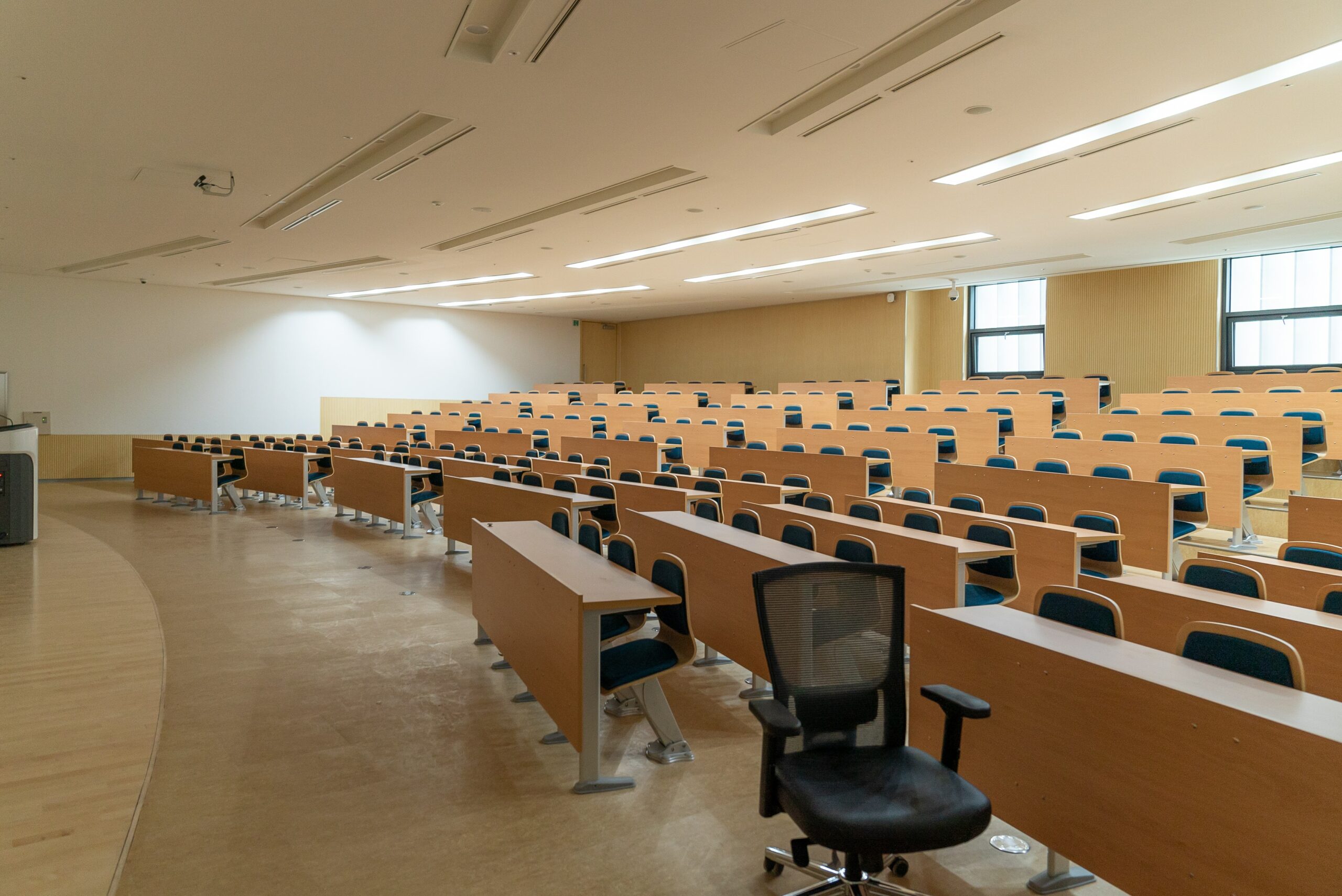While nearly all occupations have suffered during the pandemic, the education sector faces some unique and harrowing challenges.
From February to October 2020, the total number of state education jobs declined by 13.7 percent, or 340,300, according to PEW Charitable Trusts’ analysis of data from the Department of Labor. This is followed by the local government education industry, which fell by 8.4 percent, or 666,200 jobs.
The variety of teaching methods employed by institutions has made it difficult for employees in the sector to secure a stable job, with only 28 percent of public and private institutions in higher education holding classes either fully or primarily in person.
Effects on Higher Education
Public colleges and universities experienced a drop in employment when the pandemic triggered state funding cutbacks, new expenses for testing and contact tracing, and a decline in enrollment.
The severity of the decline, however, differs between states because some states and local budgets have been hit harder than others.
In some states, employee layoffs occurred alongside colleges delaying reopening or completely canceling classes on campus. This happened in five states that experienced more than 20 percent in losses: Colorado, Maine, New Hampshire, Ohio, and Wyoming.
However, several local school districts and public colleges have not had to terminate employees at all to maintain payroll. The pandemic has driven teachers and staff to either retire or leave their jobs — mostly out of concern for their health — with most districts choosing to keep their positions vacant in the meantime.
Roughly 82 percent of college and university presidents believe that there will be hiring freezes, according to a survey conducted by the Association of American Colleges and Universities last July.
The PEW Charitable Trust projects that the severity of employment declines within the sector could lead to public K-12 and higher education acting as a drag on broader economic growth.
The federal coronavirus aid package, which was passed earlier this year, gave nearly $31 billion in aid for schools and colleges. However, officials are now waiting to see if Congress will approve critical additional funding for education.



